EBH Pocket Plate Range NiCd Battery
EverExceed pocket type nickel cadmium battery has been supplied stable and reliable battery solution for many industrial power applications. Our block batteries function in a wide range of temperatures, resist electrical abuse, shock and vibrations and need only basic maintenance. This ensures a low total cost of ownership (TCO) over a life cycle that can last 20 years or more.
Description
Technical features:
- Easy storage & installation
- High resistance to electrical & mechanical abuse
- Deep cycle ability
- Wide operating temperature range
- Superior reliability
- Excellent fast charging ability
- Long service life
- Assured quality
- Prolonged warranty
Nickel-cadmium block batteries are quick and easy to install as original equipment and may be stored for many years in a discharged state under correct conditions. On installation, a simple bolted connector enables the battery to be rapidly commissioned. They also have high tolerance to electrical abuses such as overcharge and over-discharge, as well as rough handling and mechanical abuse due to strong components and robust construction. Additionally, the battery’s unique electrochemistry enables it to regularly withstand any depth of discharge, tolerating deep discharges and allowing for deep cycling.
They offer extraordinary temperature advantages with a wide operating temperature range (-40°C to +70°C), making them sustainable in harsh, unpredictable conditions. These batteries are designed to recharge very quickly and economically, using standard single or two-level charging equipment.
With a service life of up to 20+ years, they provide completely faithful service with no replacement cost and no downtime. They come with authoritative TUV, CE certificates and IEC60623, IEC62259 test reports, along with a 5-year warranty.
Applications:
- Railway DC power supply
- UPS switch transition
- Protective cover: To prevent external short-circuits; In line with EN50272-2(safety) with IP2 level;
- Plate groups bus: Connects the plate tabs with the terminal post; Plate tabs and terminal post are projection-welded to the plate groups bus;
- Plate: Horizontal pockets of double-perforated steel strips;
- Cell container: Material: translucent transparent polypropylene;
- Flame-arresting vents: Material: polypropylene;
- Plate tab: Spot-welded both to the plate side-frames and to the upper edge of the pocket plate;
- Separating grids: These separate the plates and insulate the plate frames from each other; The grids allow free circulation of electrolyte between the plates;
- Plate frame: Seals the plate pockets and serves as a current collector.

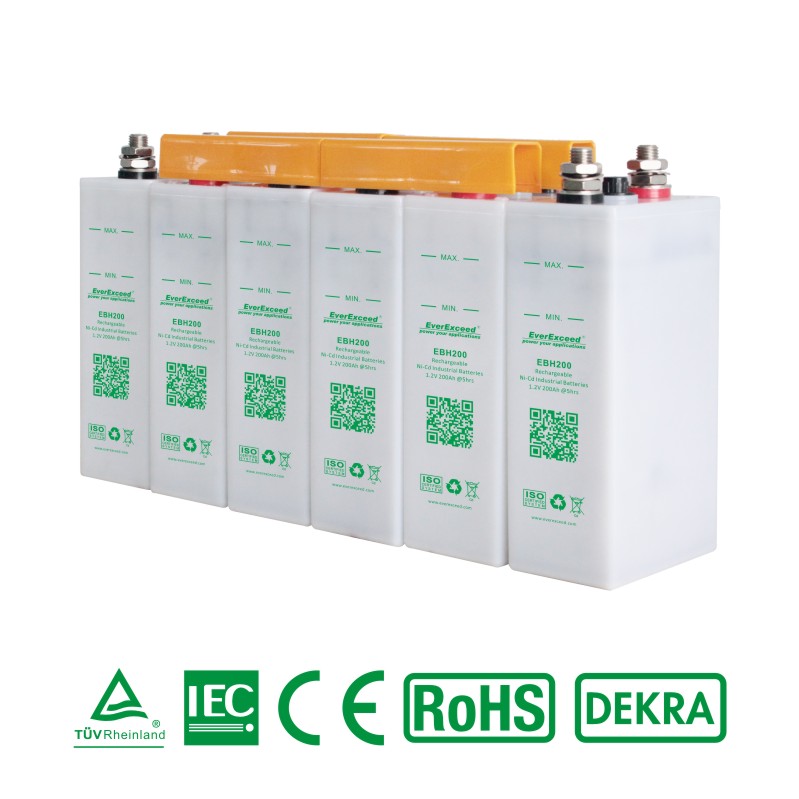
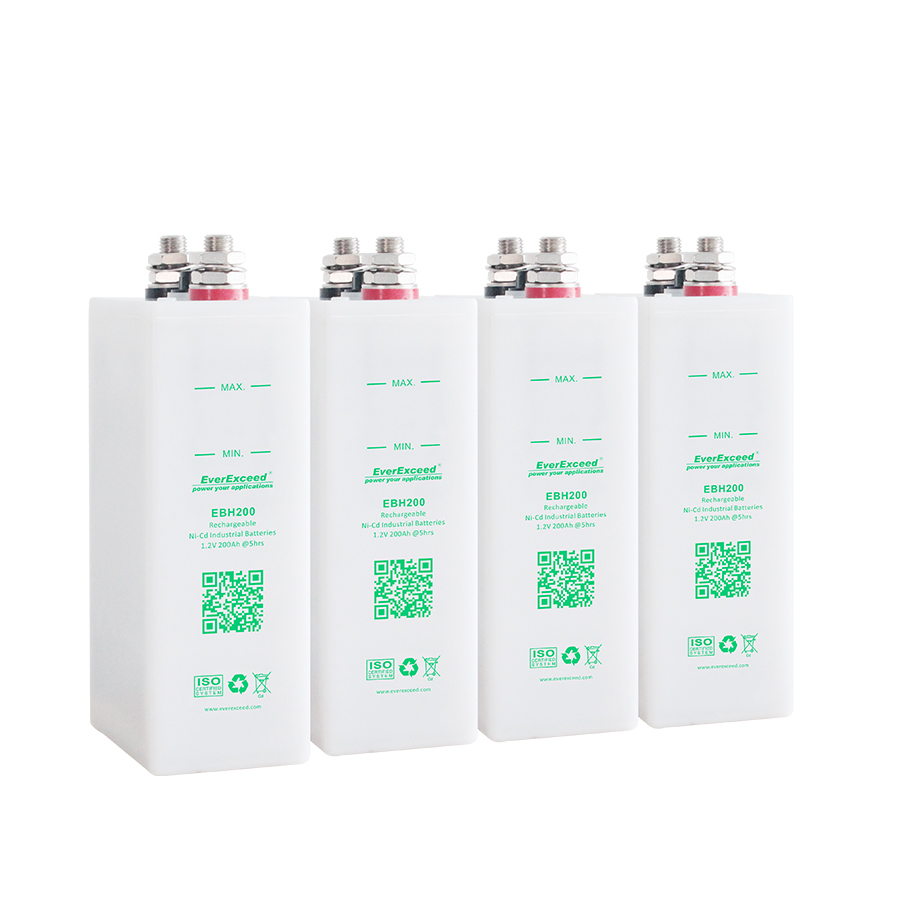
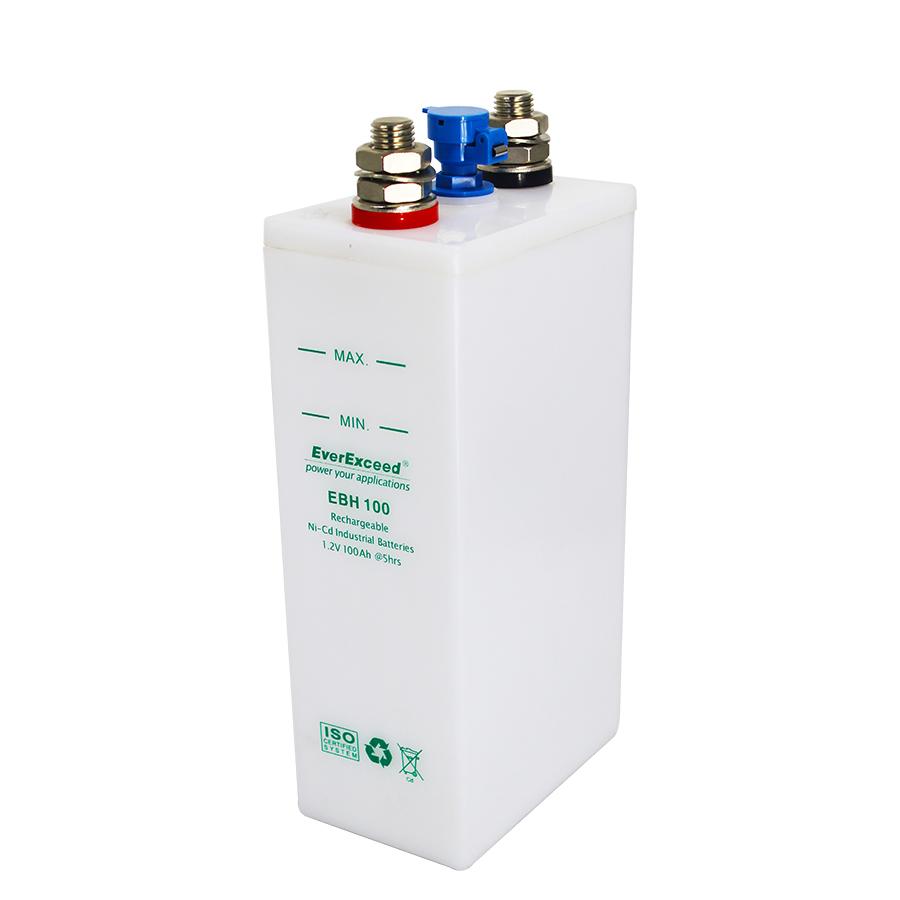
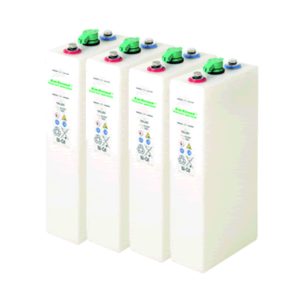
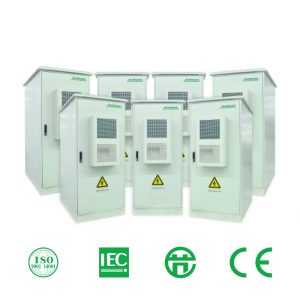
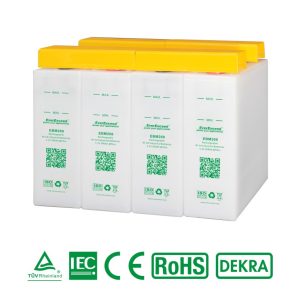
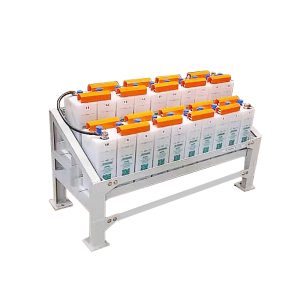
Add Comment